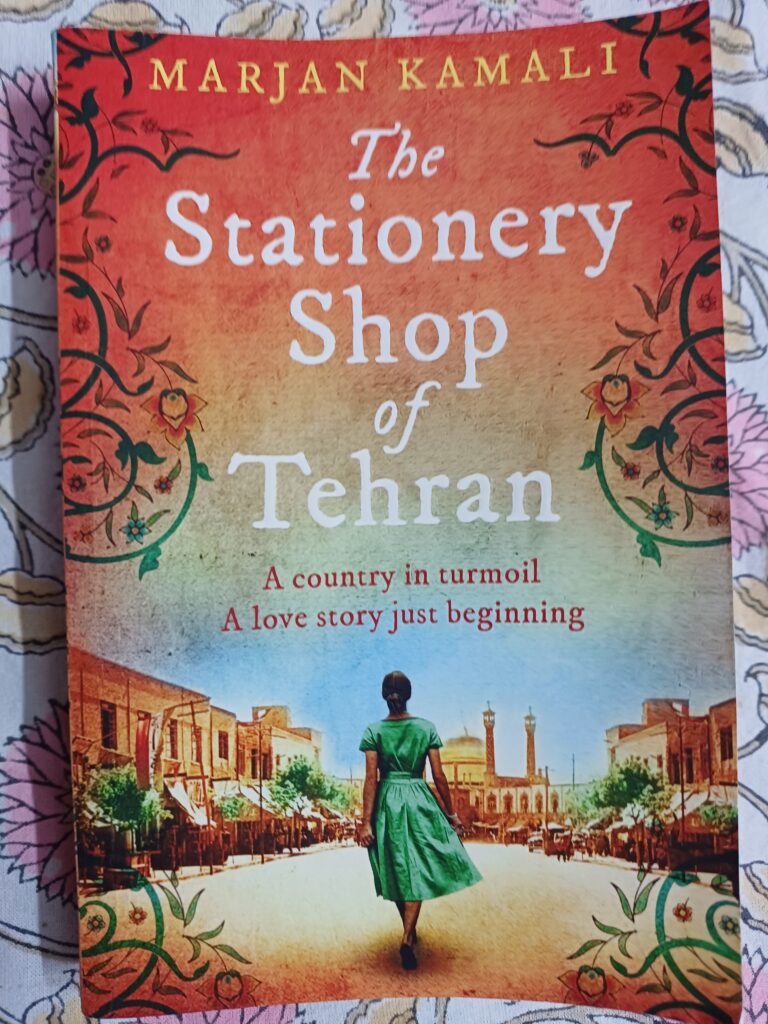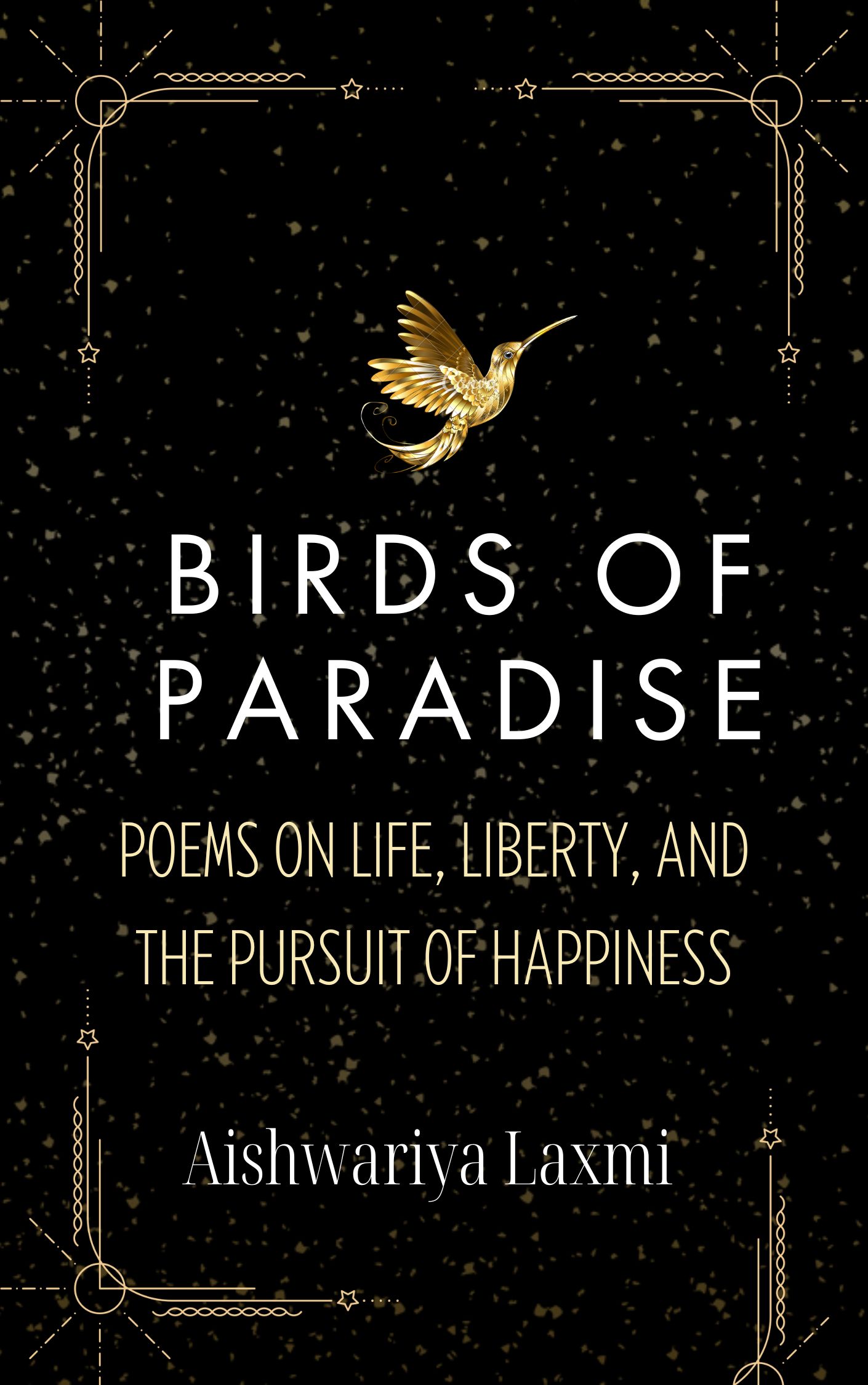Published by Simon & Schuster, 2019
Review by K.S.Loganathan
Marjan Kamali is an Iranian-American novelist born in Turkiye . In this book ,she tells the story of two star-crossed lovers, Roya Khanom and Bahman Aslam ,who meet first in a stationery – cum- bookshop in Tehran in the summer of 1953. Bahman is a pro- Mossadegh political activist ,” the boy who wants to change the world”, according to the shop owner Mr.Fakhri. Roya falls in love with him and tells her younger sister Zari that being in love is ” like a tree has fallen on your head ; impossible to miss”.
The country is rocked by civil unrest as the Prime Minister Mossadegh wishes to nationalize the oil companies and usher in democracy while the king aligns with the western powers that want to maintain the status quo. As love blossoms , they get engaged with parental consent, even though Bahman’s mother is against their union. Bahman suddenly goes missing but communicates to her through letters via Mr Fakhri.

The lovers plan to meet at the town square at noon on 19th August 1953 and thence to register their marriage. On the very day, a coup d’etat happens, violence erupts and they are caught up in the maelstrom of crowds . Mr Fakhri is shot and dies in front of Roya at the city square before he could speak to her about something important. Their planned marriage does not fructify.
The sisters Roya and Zari move to the United States for studies,then marry Americans and settle on opposite coasts.Even though the sisters migrated and settled in the U.S at a time when civil unrest was rife, they were seemingly unaffected . Sixty years later Roya meets Bahman in a nursing home in the U.S. where ” the history that she does not know” is revealed to Roya. #My Views
The book explores the themes of love , loss, reconciliation and ” the forehead- written- fate”. The first part is replete with the flavors of Iran and the people’s frustrations at the time. The characters are finely sketched .However , there is a back-and- forth narration of events that occur from 1916 to 2013 throughout the book. Chapters 18 , 21 and 24 (in italics) switch to Bahwan’s narrative, and the epilogue strangely reverts to a third person account of Mr Fakhri’s movements on that fateful day in Tehran in 1953 ,which is superfluous and distracts the reader with another ending when the curtains have been drawn. In my opinion , these narrative variations are impairing the unity of mood and flow of the text besides shifting attention from the main characters. . A film based on the book is getting made for television audiences. I wonder how the cinema script tackles flashbacks and story narration.











